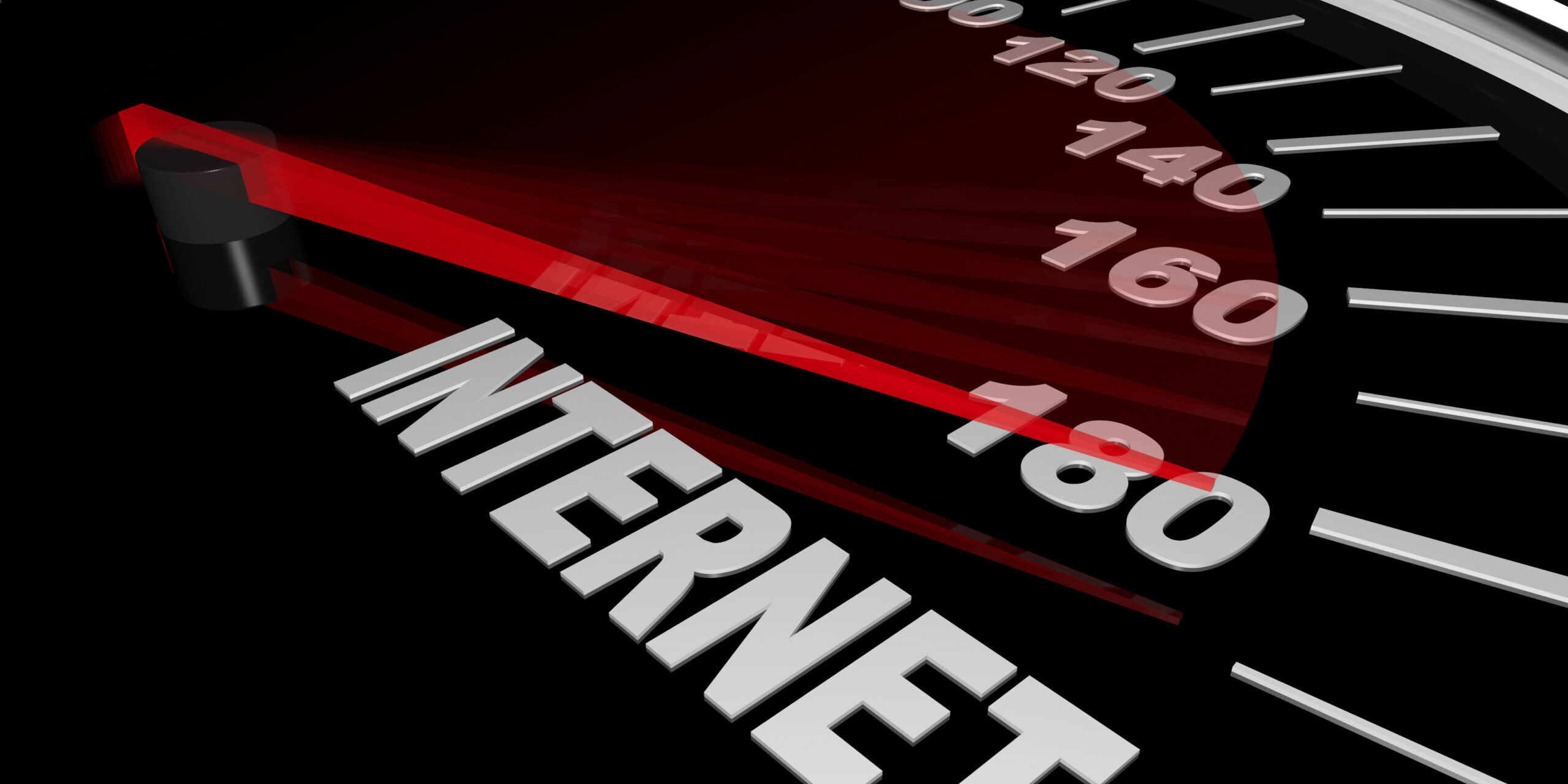Businesses today can barely keep up with the explosion in demand in for reliable high speed Internet bandwidth. Employees now need the capability to work on multiple devices, in multiple locations, virtually 24/7. In fact, it’s estimated that by 2022 there will be 3.6 networked devices/connections to the Internet for every human being on Earth (Cisco).
High-bandwidth applications such as HD video streaming and business apps are rapidly becoming the new business standard. The fact is Internet speeds that were acceptable for business just a few short years ago might not be the best option for you today.
Minimum Speeds Required for Business

Reliable Connectivity
To estimate the amount of bandwidth your business may need, you need to establish a per user baseline. According to The Broadband Imperative II: Equitable Access for Learning, a September 2016 report by State Educational Technology Directors Association (SETDA), multiplying the number of users by at least 4.3 Mbps yields an estimate on how much total bandwidth you’ll need. If you have 10 users, for example–including those who may be connecting to your network remotely—you’d need approximately 43 Mbps of bandwidth.
Agility Communications recommends at least doubling that number to make sure all applications including voice, video and normal everyday cloud software you work in has enough bandwidth for a good user experience. When it comes to choosing your business Internet provider, there’s no shortage of options out there, from large communications companies to small cable providers and even local ISPs. As a small business owner, you want the most reliable and fastest Internet service that your budget will allow. Internet is mission critical and your business can’t afford to scrimp on a cheap solution, or your employees and customers will have a poor experience.
Choosing the Right Technology
Fiber Optic Service
Fiber optic service uses light to send data over great distances at incredible speeds: “the speed of light.” Fiber offers some of the highest speeds available on the market today for small businesses, as high as 1Gigabit per second download and upload. These blazing fast speeds enable multiple users on your network to download, upload, stream, and share files simultaneously. Most business today should be running on a fiber connection. Cable, wireless and other broadband technologies just aren’t fast or reliable enough for business.
DSL
DSL, which stands for Digital Subscriber Line, offers a reliable Internet connection over regular telephone lines to deliver fast download speeds. Because DSL uses a dedicated line, the speeds it provides are very stable and consistent. DSL for a small branch office such as retail could run POS and a phone.
Cable
Cable delivers data through coaxial cables. It is similar to DSL in performance with one exception, it is a shared service. One key disadvantage to cable technology is that customers in a geographic area share the bandwidth, so they may experience slow response times during peak periods.
Satellite
Satellite connections use satellites to beam the Internet feed wirelessly to a customer’s installed satellite dish. For customers in rural areas, they are often the only broadband option. However, satellite services tend to be both slower and more expensive than other technologies. They are limited in their ability to connect to streaming content, and can be disrupted by weather.
Ben Franklin once said, “time is money,” and that has never been more relevant to business than it is today. To compete successfully, businesses must maximize productivity. The Internet has become the most important tool to effectively communicate with customers, suppliers and employees. Companies big and small rely on high speed Internet for email communications, sales and marketing efforts, research, eCommerce, and cloud applications. Faster Internet allows for quicker downloads, crystal-clear video conferencing, buffer-free video streaming and more. Regardless of the application – no business can afford to wait on slow internet.







